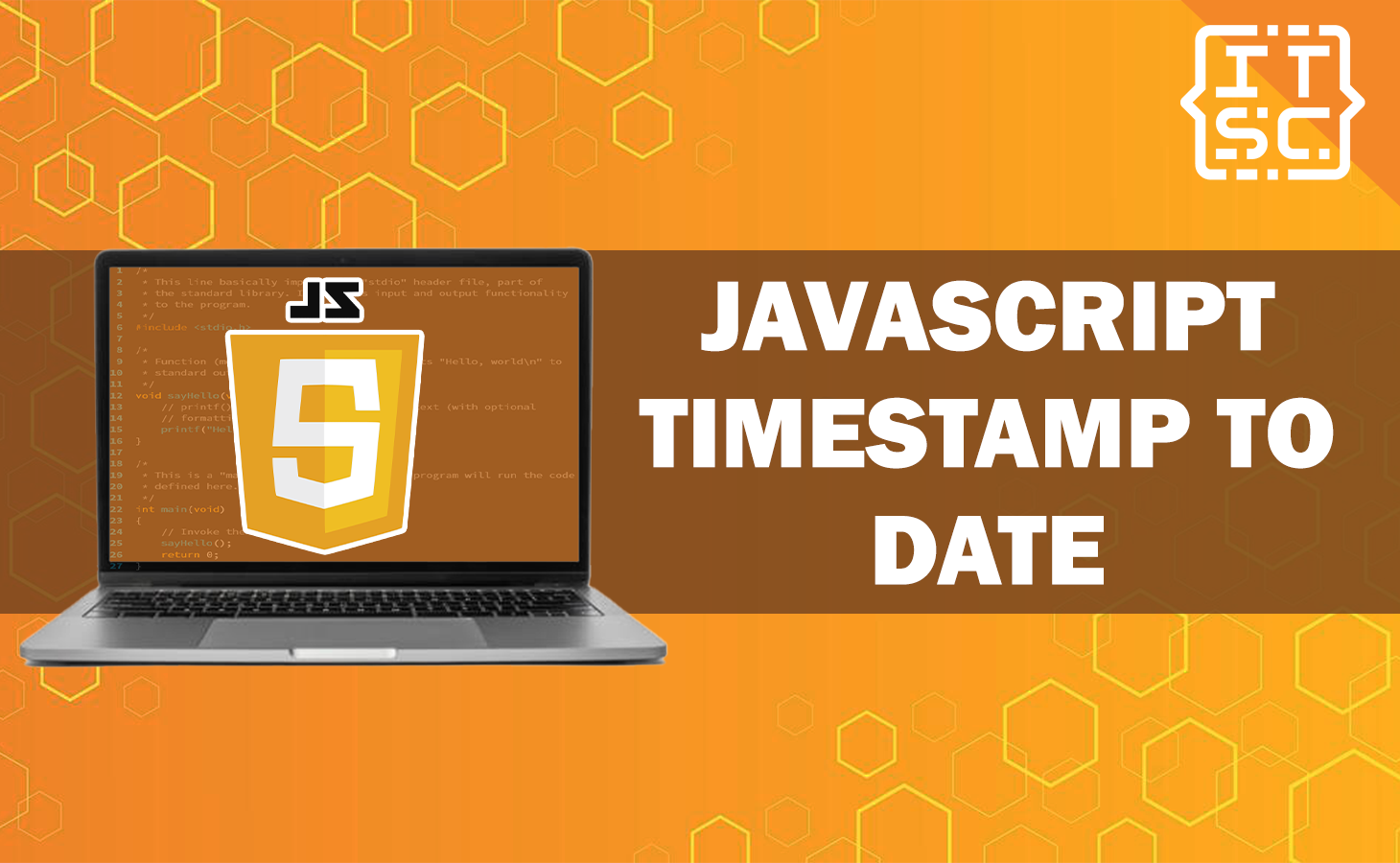In today’s digital world, timestamps play a vital role in recording and managing dates and times. As a developer, you may frequently encounter the need to convert timestamps to dates in your JavaScript projects.
In this article, we will explore various techniques and methods to convert timestamps to dates using JavaScript.
So, let’s dive in and unravel the secrets of timestamp to date conversion!
What is timestamp?
A timestamp is a numeric value that represents a specific point in time. It is commonly used to track and record the occurrence of events.
In web development, timestamps are often used to store and manipulate dates.
In JavaScript, timestamps are typically represented as the number of milliseconds that have elapsed since January 1, 1970, 00:00:00 UTC, also known as the Unix epoch.
Before we delve into the conversion process, let’s familiarize ourselves with JavaScript Date object.
What is JavaScript Date Object?
The Date object in JavaScript provides various methods to work with dates and times.
It allows us to create new date instances, manipulate dates, and extract specific components such as the year, month, day, hour, minute, and second.
To create a new Date object, we can use the new Date() constructor. Without any arguments, it will create a Date object representing the current date and time.
We can also pass specific parameters to create a Date object for a particular date and time.
// Creating a new Date object for the current date and time
const currentDate = new Date();
// Creating a new Date object for a specific date and time
const specificDate = new Date(2023, 5, 27, 12, 0, 0);Converting Timestamp to Date in JavaScript
Now that we have a basic understanding of the Date object, let’s explore different methods to convert timestamps to dates in JavaScript.
Method 1: Using the toLocaleString() Method
JavaScript’s toLocaleString() method provides an easy way to convert timestamps to human-readable dates. This method formats the date based on the user’s locale settings.
However, it’s important to note that the toLocaleString() method might not be supported in older browsers.
Here’s an example of converting a timestamp to a date using the toLocaleString() method:
const timestamp = 1624794600000; // Example timestamp
const date = new Date(timestamp).toLocaleString();
console.log(date); // Output: 6/27/2023, 12:00:00 PM (based on user's locale)Method 2: Using the Date Object’s Methods
Another approach to converting timestamps to dates is by utilizing the various methods available in the Date object.
We can extract individual components, such as the year, month, day, hour, minute, and second, and construct a formatted date string.
const timestamp = 1624794600000; // Example timestamp
const date = new Date(timestamp);
const year = date.getFullYear();
const month = date.getMonth() + 1;
const day = date.getDate();
const hours = date.getHours();
const minutes = date.getMinutes();
const seconds = date.getSeconds();
const formattedDate = `${month}/${day}/${year}, ${hours}:${minutes}:${seconds}`;
console.log(formattedDate); // Output: 6/27/2023, 12:00:00Method 3: Using External Libraries
In addition to the native methods provided by JavaScript, there are several external libraries available that offer advanced features and flexibility for handling timestamps.
These libraries, such as Moment.js and Luxon, provide a wide range of functionalities and support various date formats, timezones, and localization options.
To use an external library like Moment.js, you need to include the library in your project and follow the documentation for the specific conversion method.
But before that install the moment.js library via npm or include it in your HTML file
npm install momentHere’s an example program that demonstrates how to convert timestamps to date formats in JavaScript using Moment.js.
// Install the Moment.js library via npm or include it in your HTML file
// npm install moment
// Import the Moment.js library
const moment = require('moment');
// Example timestamp
const timestamp = 1623072000000; // June 8, 2021 00:00:00 UTC
// Convert timestamp to a specific date format
const formattedDate = moment(timestamp).format('YYYY-MM-DD');
console.log(formattedDate); // Output: 2021-06-08
In this example, we start by importing the Moment.js library using the require function. If you are using Moment.js in a browser environment, make sure to include it in your HTML file using a script tag.
Next, we define a timestamp value. You can replace the 1623072000000 with any valid timestamp value.
To convert the timestamp to a specific date format, we use the moment function and pass the timestamp as a parameter.
We then chain the format function to specify the desired date format. In this case, ‘YYYY-MM-DD’ represents the format year-month-day.
Finally, we log the formatted date to the console, which will output 2021-06-08.
Best Practices for Timestamp to Date Conversion
To ensure accurate and efficient timestamp to date conversion, follow these best practices:
- Use the appropriate date and time libraries or frameworks for your specific use case.
- Understand and handle timezones correctly to avoid discrepancies.
- Validate and sanitize input timestamps to prevent errors and vulnerabilities.
- Write unit tests to verify the accuracy of your conversion functions.
- Consider performance implications when working with large datasets or frequent conversions.
Here are additional resources you can check out to help you master JavaScript.
Conclusion
In this article, we explored the intricacies of converting timestamps to dates in JavaScript.
We covered various aspects, including Unix timestamps, working with JavaScript’s Date object, formatting dates, handling timezones, and dealing with custom date formats.
Remember to choose the appropriate techniques and libraries based on your specific requirements.
By mastering timestamp to date conversion, you’ll be equipped to handle time-based data effectively in your JavaScript applications.

